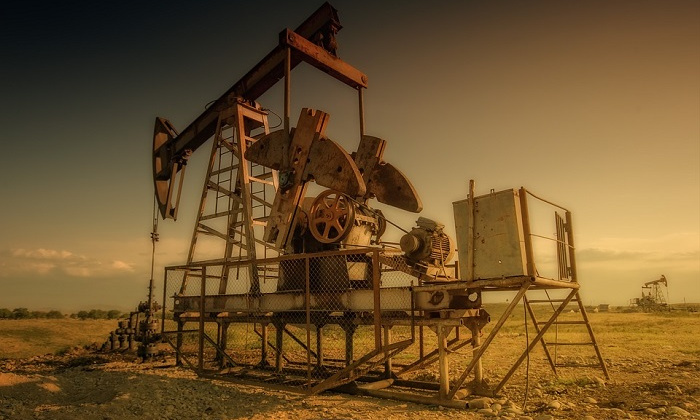
Oil rebounded after plunging to the lowest level in 18 years as policy makers across the globe try to strengthen economies against the impact of the coronavirus pandemic.
Futures rose as much as 18% in New York, the most since December 2008, following a 24% rout in the previous session. Prices have cratered over the past two weeks as major producers hike output in a fight for market share while demand falls off a cliff. Signs of stress are already showing in some corners of the world with Canadian oil at a record low and some North Sea fields becoming uneconomic.
The European Central Bank has unleashed an emergency bond-buying program, while the U.S. Senate cleared the second major bill responding to the outbreak in an attempt to kickstart the economy. White House economic adviser Larry Kudlow said the government might take equity positions as part of corporate rescues.
Countries are ramping up measures as the global spread of the virus continues to gather pace with the number of confirmed cases in Europe now exceeding China. Italy’s death count has surged to almost 3,000, while the U.K. imposed tighter controls on movement of people including closing all schools.
“We are heading into the most oversupplied market in the history of the oil market,†said DNB Bank ASA senior analyst Helge Andre Martinsen. “We might hit full utilization of global oil inventories in the months to come.â€
As the world’s biggest oil producers boost supply, U.S. Republican Senator Kevin Cramer called on President Donald Trump to ban crude imports from Russia, Saudi Arabia and other OPEC members in response to recent action taken by them to “distort energy markets†when demand is already weak. The Saudis ordered state-run Aramco to keep output at record high of 12.3 million barrels a day over the coming months.
The higher supply is increasingly taking its toll on the oil market’s structure. Brent’s six-month timespread is currently at its most bearish since 2009, indicating a big glut. As a result, traders are eyeing up the lucrative opportunities from storing oil on tankers and hoping to sell it at a profit later.
With crude’s price weakness getting more entrenched, traders are increasingly trying to assess the impact on U.S. production this year. On Thursday, a barrel of Permian oil was cheaper than the cost of a meal at a steakhouse in the region’s Midland heartland, a sign that producers are struggling to cover their operating costs.
Source: Bloomberg

- Canada – Assistant Mechanic
- Canada – Radio Operator
- Houston – ServiceNow Business Analyst
- Houston – Technical Writer
- Houston – Senior Marketing Analyst
Check out our other current stories!



